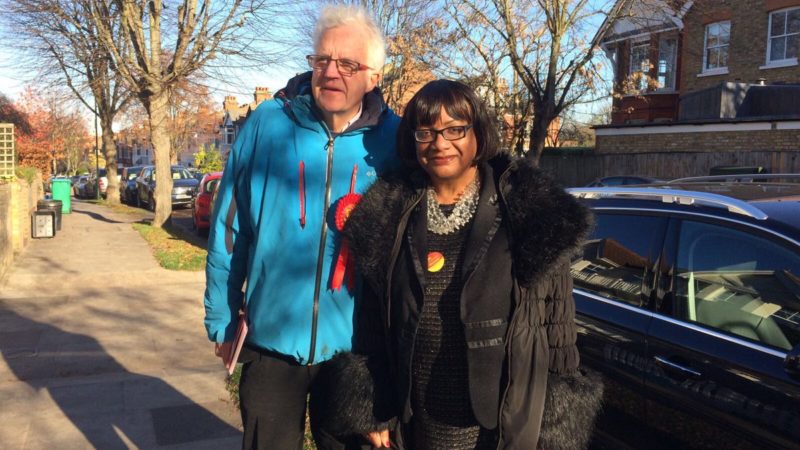

The railways have received a good settlement from the government, with support for investment of £48bn over the five year period starting in 2019. The motives for this largesse are unclear, though it may be a response to Labour’s commitment to bring the railways back into public ownership.
Re-nationalising the railways was one of the most popular pledges in the Labour manifesto. There is no doubt it attracted support from rail passengers bemused by the crazy and fragmented state of the railways under privatisation.
However, while letting the franchises run their course and taking them back in-house would be relatively simple, it is unclear what structure should be created for the railways once this process – which will take several years as the contracts have to be allowed to run their course – is underway. The issue of how to run a railway is an extremely complex and controversial one.
A railway is composed of several quite different functions which need to work together to produce an efficient network: the track, the signalling, the rolling stock, the operations, the stations and so on. Across the world in the 20th century, the usual model was for a big state-owned railway that carried out all these functions in an integrated way. This was partly the result of the fact that railways invariably lose money and therefore require government support, but also because it was the most efficient way of running the system.
Privatisation challenged this model and led to the break-up of many railway networks, most usually between operations, ie. the day to day running of trains, and the control of the infrastructure, that is the track and signalling. In Britain, the infrastructure was originally taken private in the form of Railtrack but when that body went bust in 2001, the state had to step in. It created Network Rail which, after a period as a kind of not-for-profit independent company, has been government-owned since 2015.
Therefore, in one important respect, the railways have already been re-nationalised. But here’s the rub. Network Rail is in a chaotic state. The company overspent drastically on its electrification programme on the Great Western, the lines out of Paddington, and this has put at risk all kinds of other projects. Indeed, the government has now said that parts of the crucial TransPennine route will not be electrified, despite previous promises. Instead, bi-mode trains – capable of both being powered by electricity and by an on board diesel engine – are being introduced, which is a backward step since electric trains are more efficient, reliable, comfortable and less polluting.
This debacle has highlighted a fundamental failing within Network Rail, one which Labour must be ready to address as soon as it comes into government. Network Rail is still suffering from the radical pro-privatisation ethos that marked the creation of its predecessor, Railtrack. This was created as a kind of shell organisation whose remit was simply to let out contracts to private companies who would carry out the various engineering tasks required to keep the railway going.
All the expertise built up by British Rail during its half-century of existence was lost. The research, the engineering knowledge, the operating skills and, crucially, the ability to manage projects disappeared at a stroke as 100 companies were created out of BR. The result was a series of disasters in the wake of privatisation which was only halted by the injection of vast sums of money to introduce a panoply of extra safety measures. Gold-plating and a belt and braces approach became the norm, and that is why schemes are now far more expensive than they were under BR.
When Network Rail decided to electrify the Great Western, it actually contracted out the specification and feasibility study for the scheme. No wonder it went completely wrong and has ended up costing £2.8bn rather than the original estimate of £800m. That example, repeated countless times across the railway, shows how Network Rail has lost the very basic skills required to deliver much needed improvements to the railway. This inefficiency is part of the reason for the generosity of the government’s settlement for the railways. Without this vast amount of money, performance would have deteriorated and passengers, already hit by high fares and widespread industrial action as a result of the guards dispute, would have turned their ire on the government.
In order to remedy this inefficient state of affairs, Labour needs to develop a new structure for the railways which ensures that Network Rail has the required skills to ensure it can manage projects efficiently and cheaply. It will not be easy, but it will be essential to show that a re-nationalised railway is the right answer.
Christian Wolmar is a rail author and former Labour PPC.




More from LabourList
Government waters down inheritance tax changes for farmers
How are Labour’s senior figures spending Christmas?
LabourList Christmas quiz 2025 round 2: Labour’s year in review